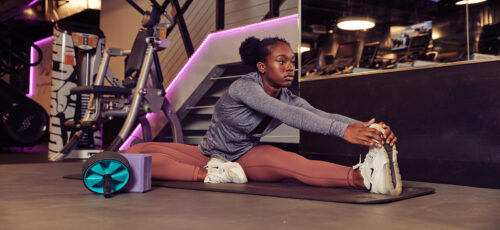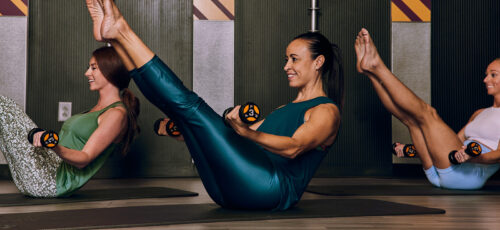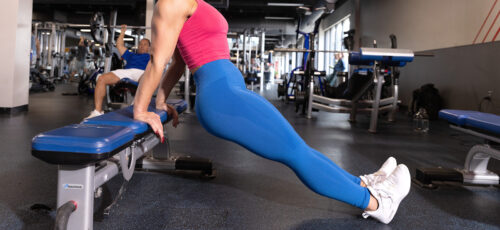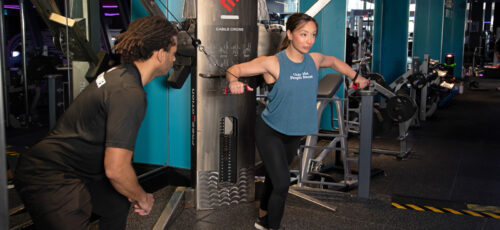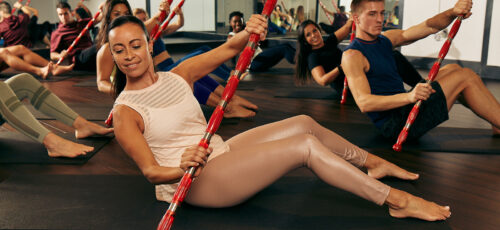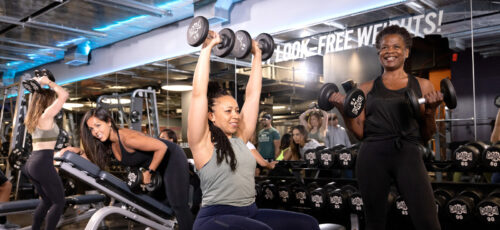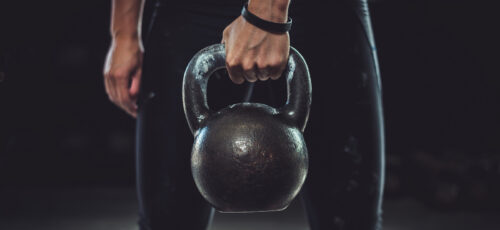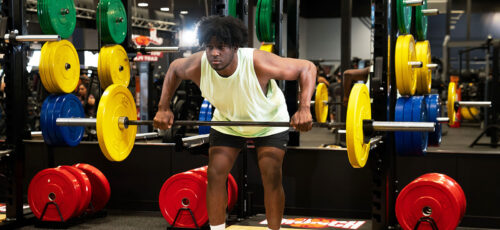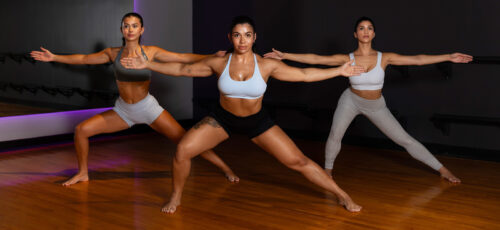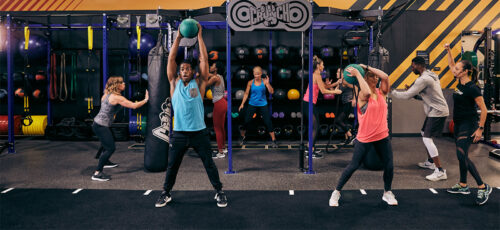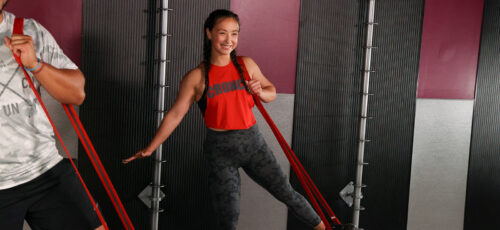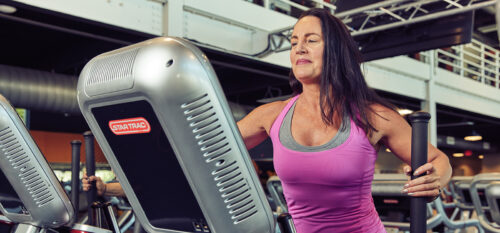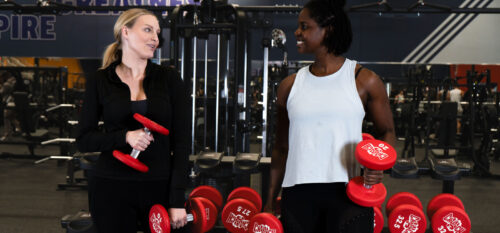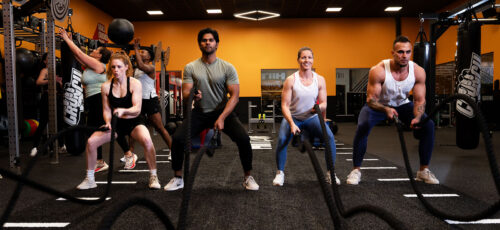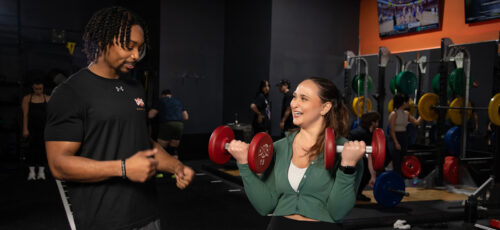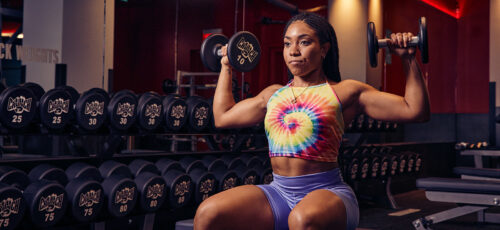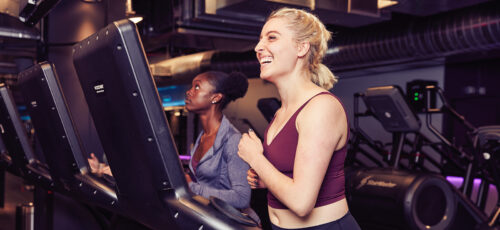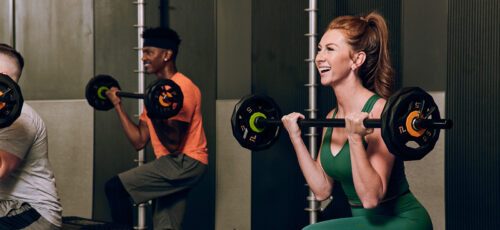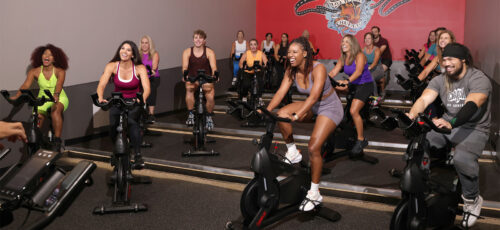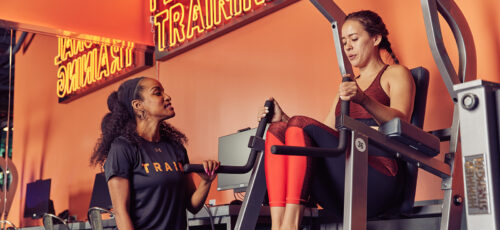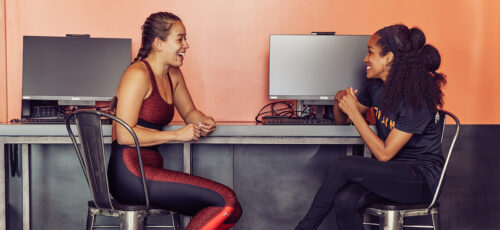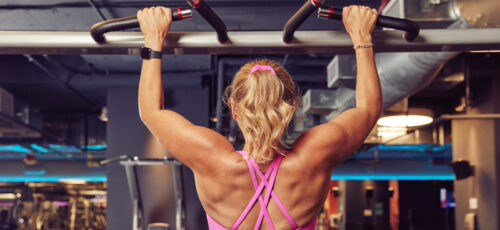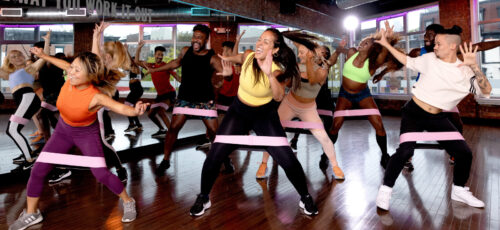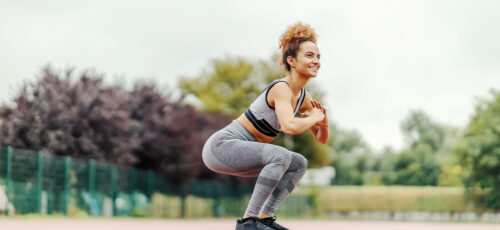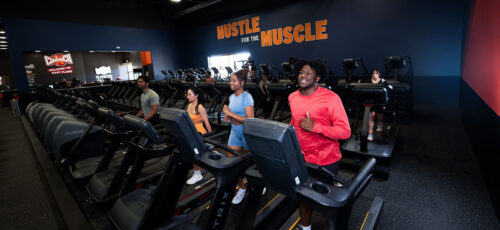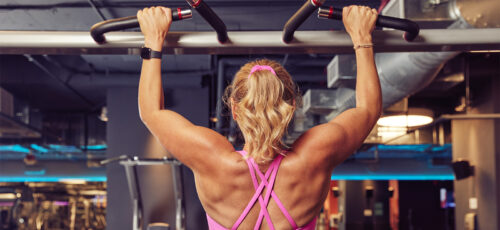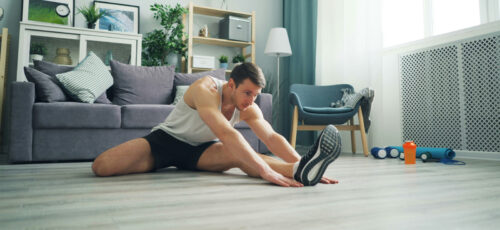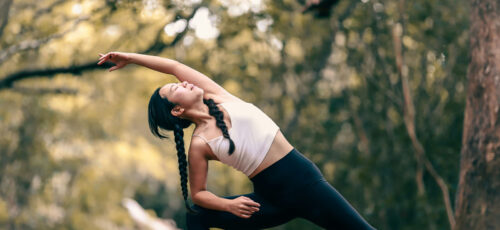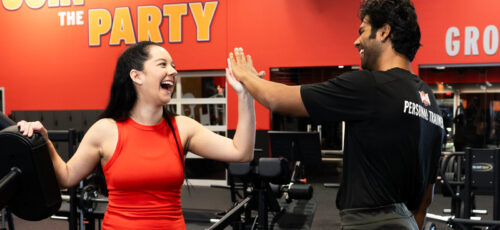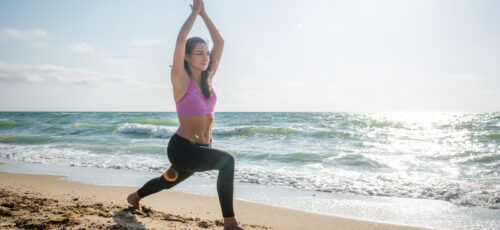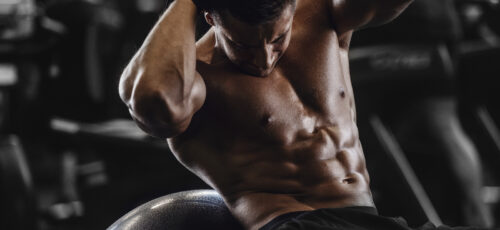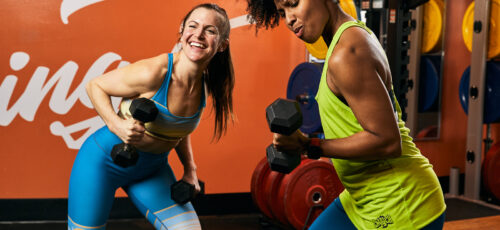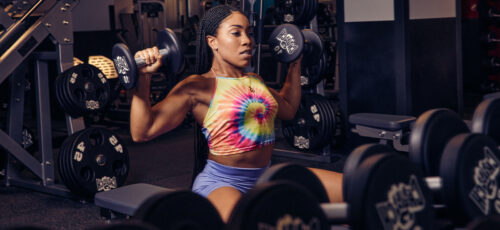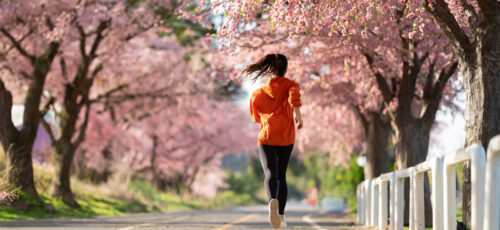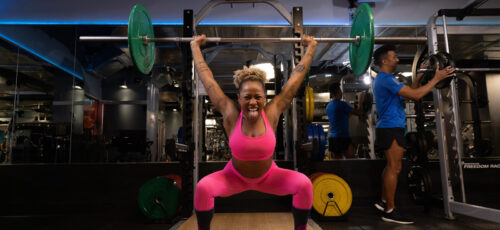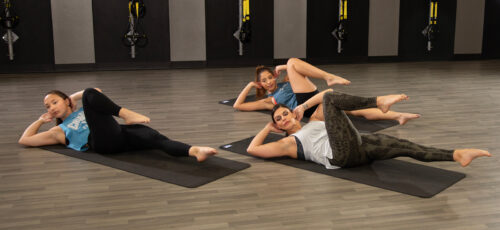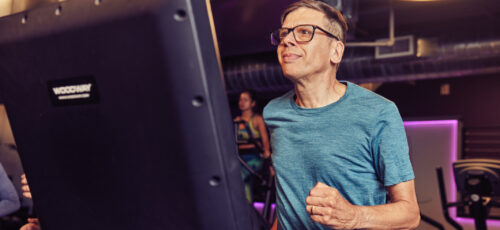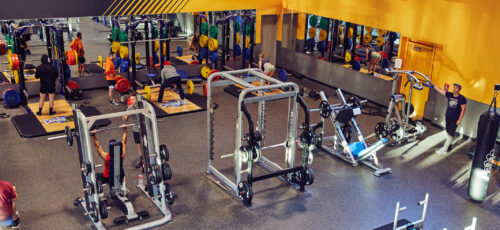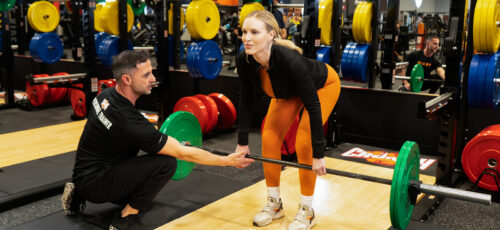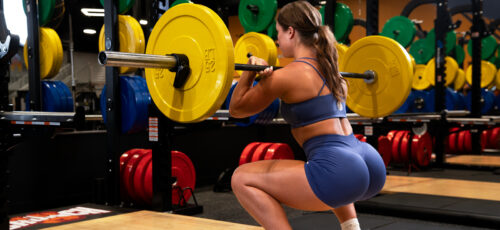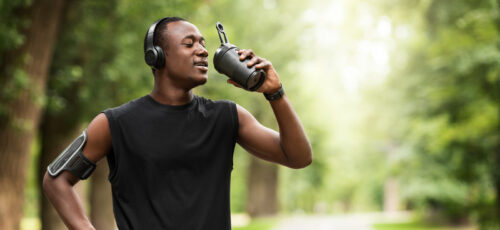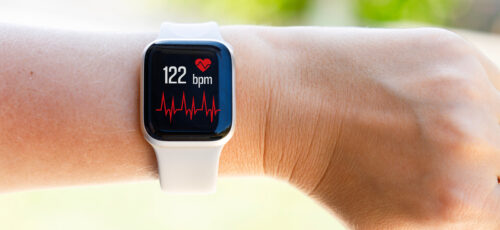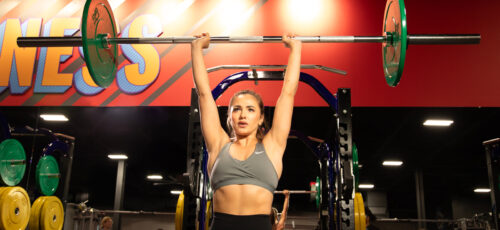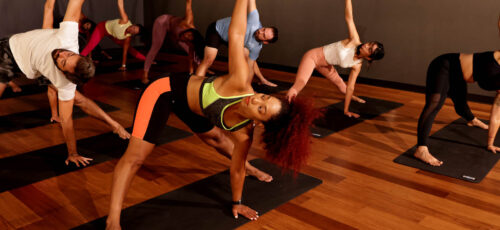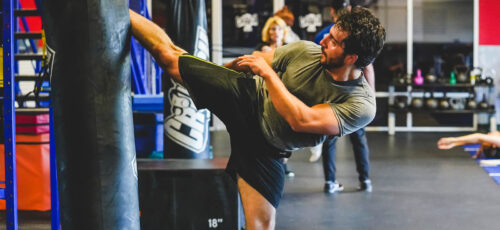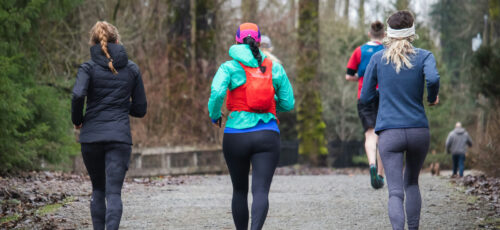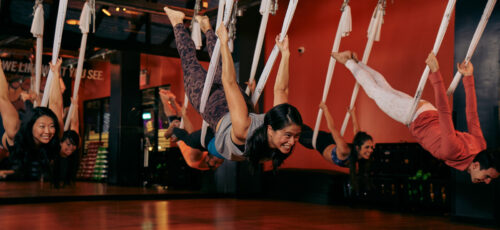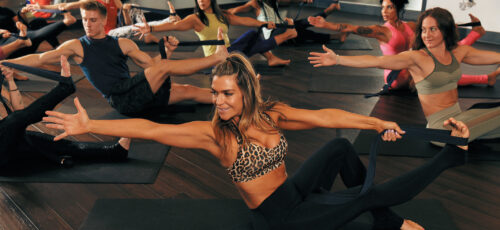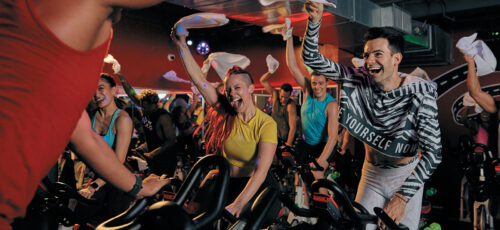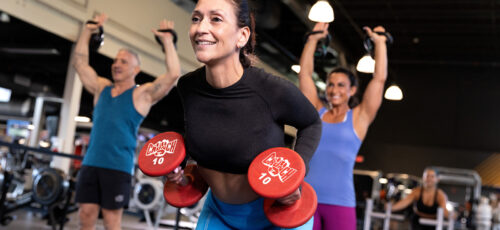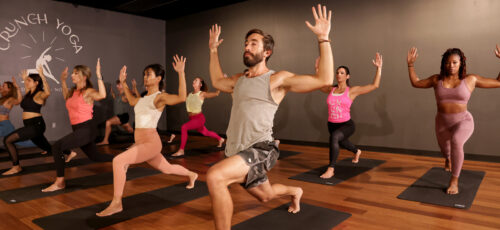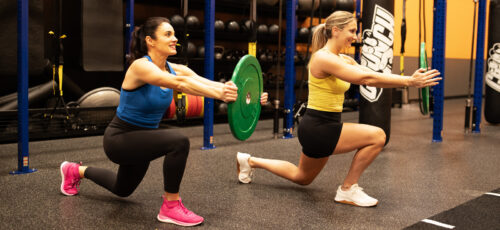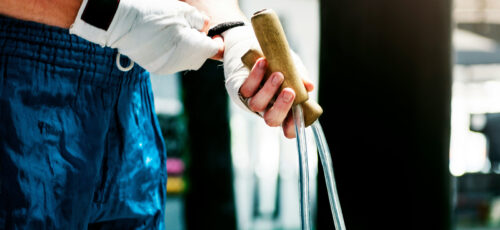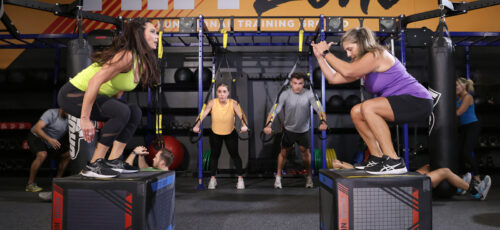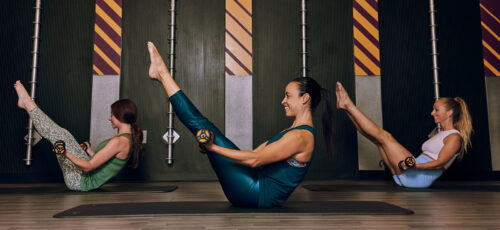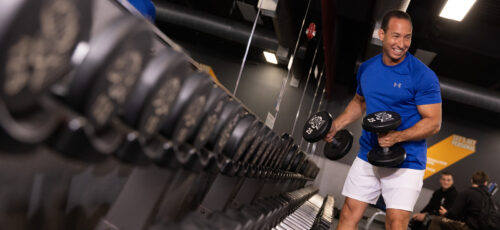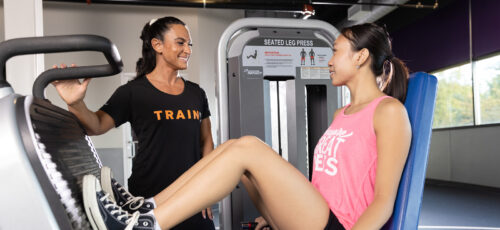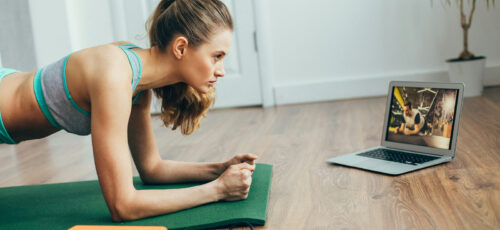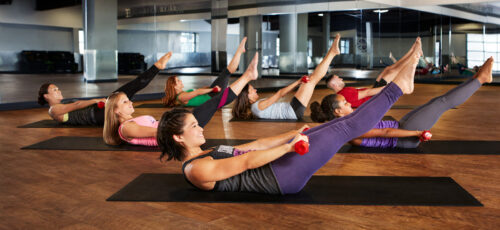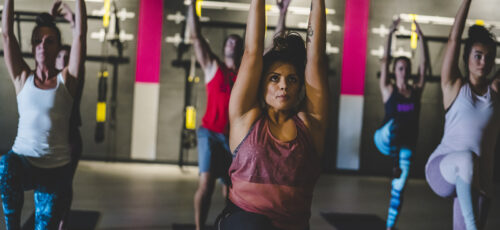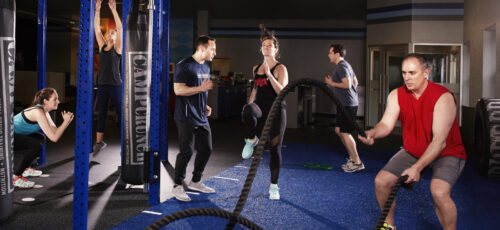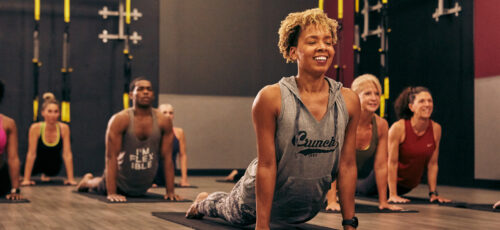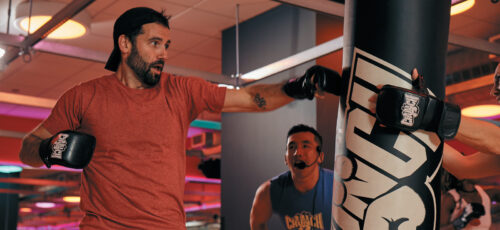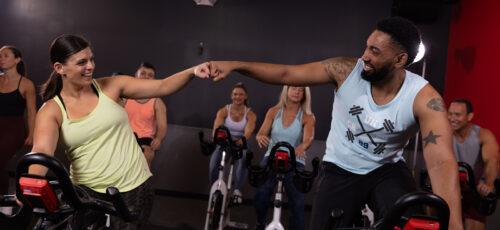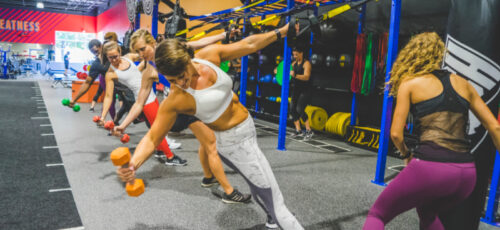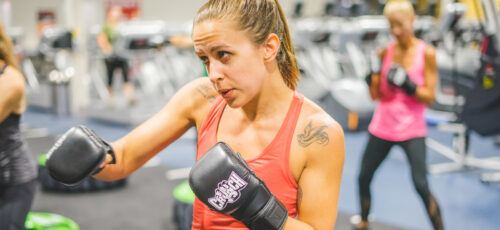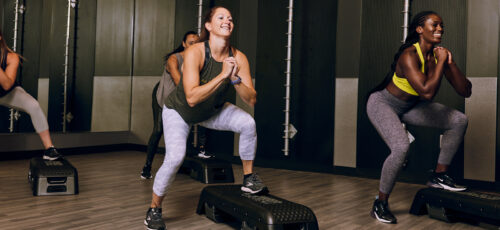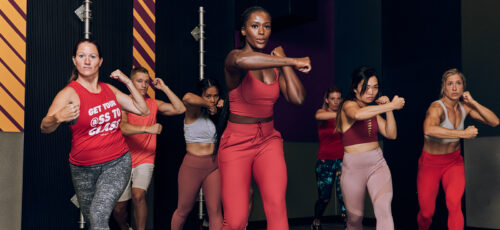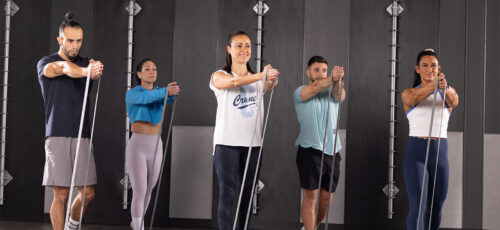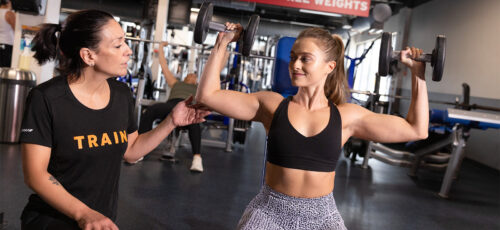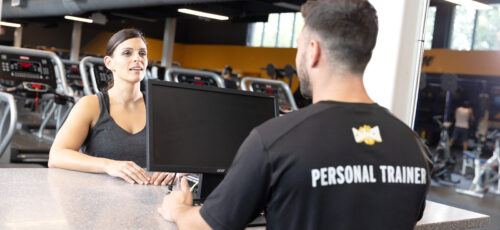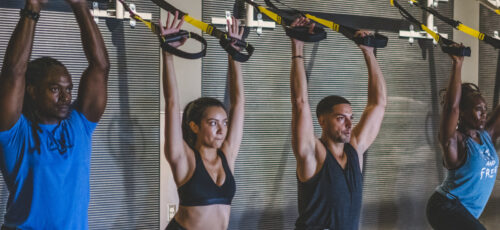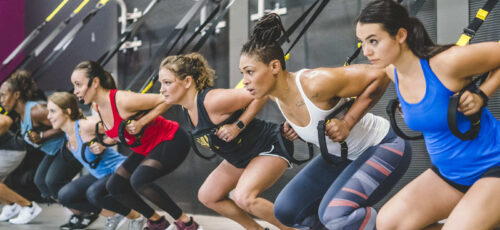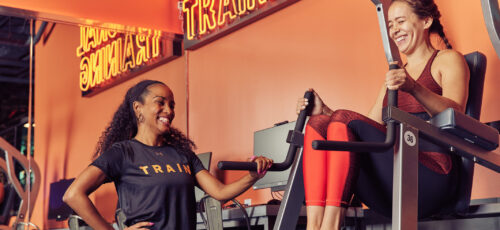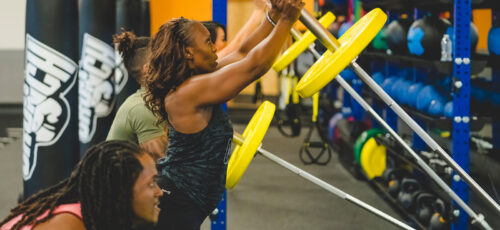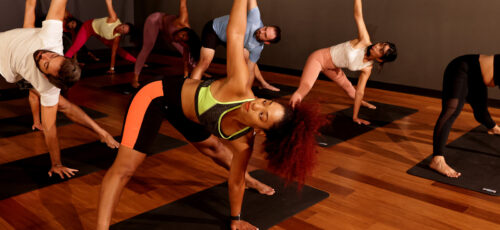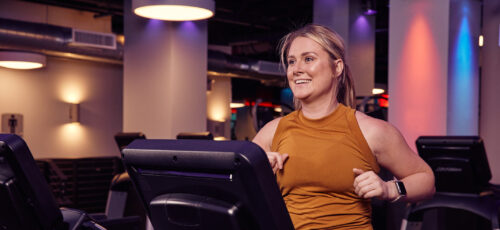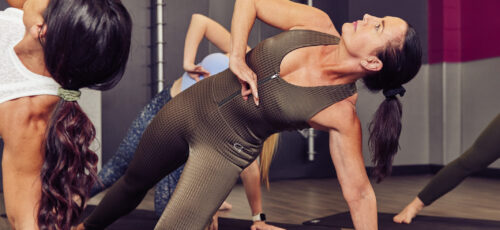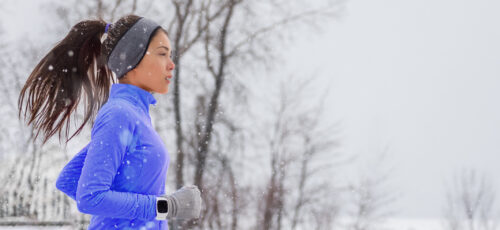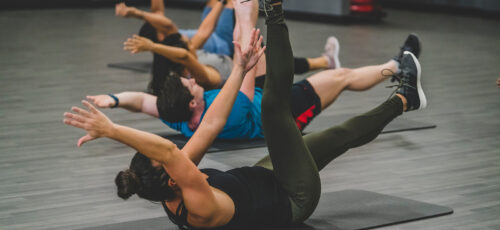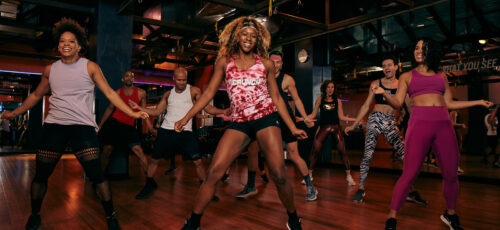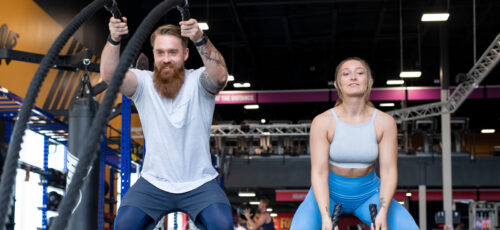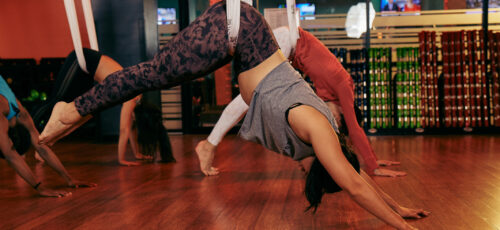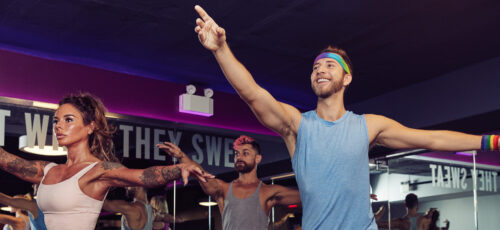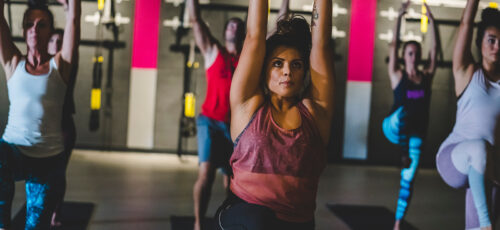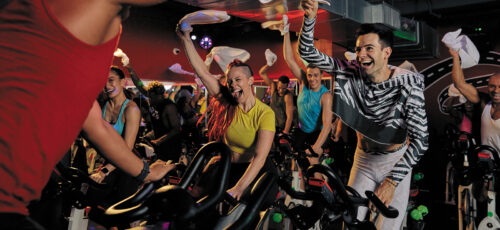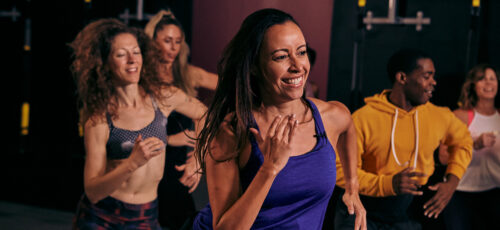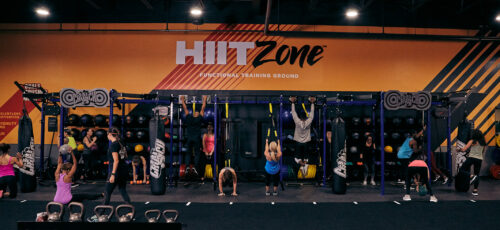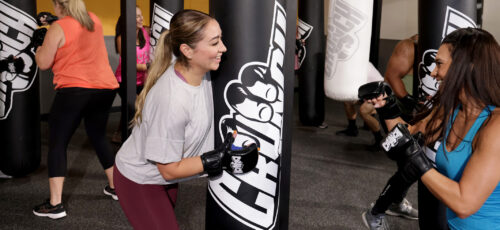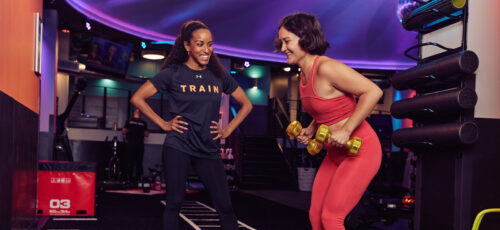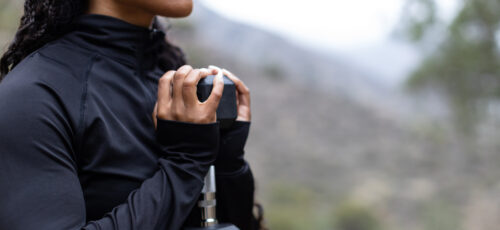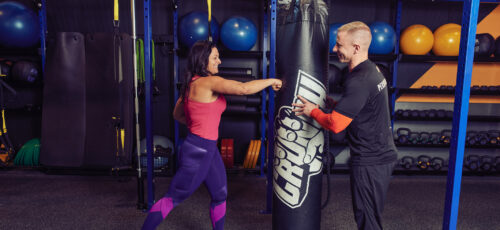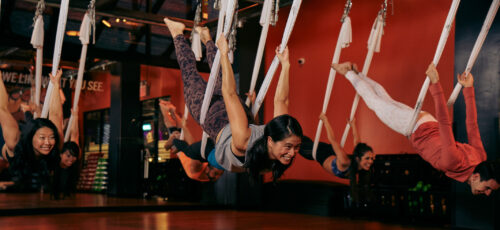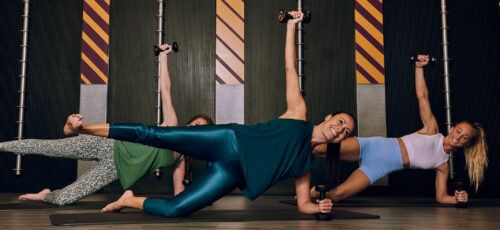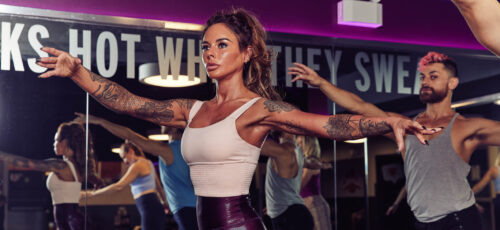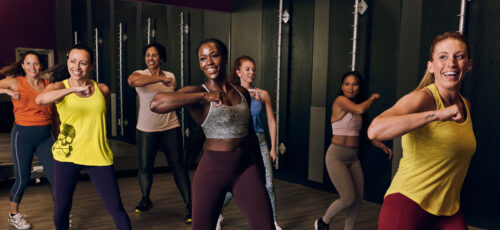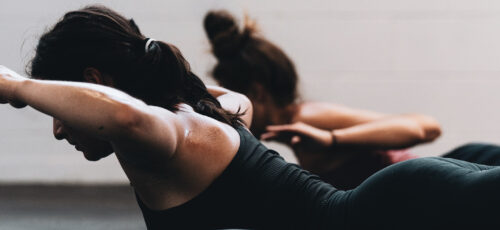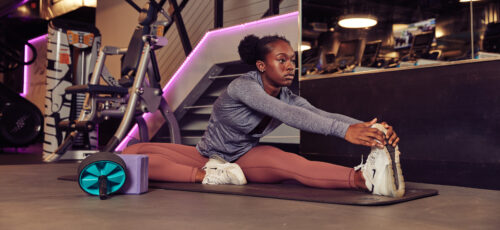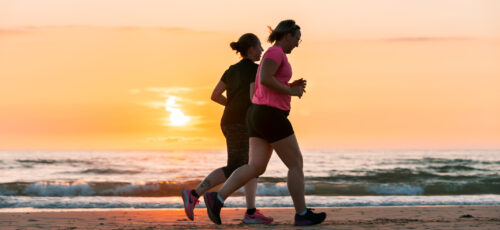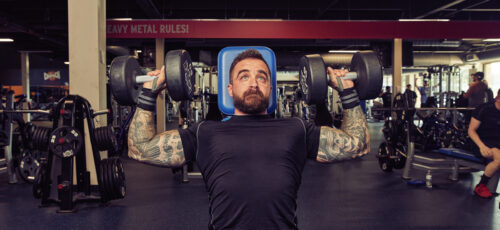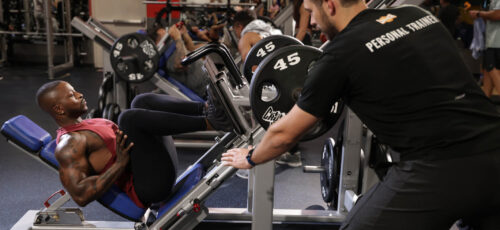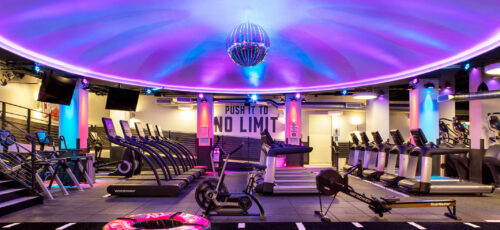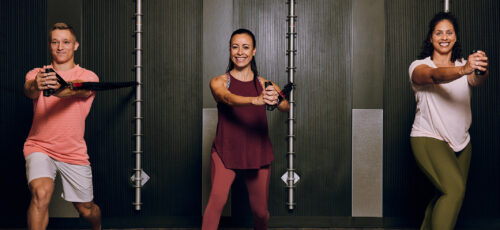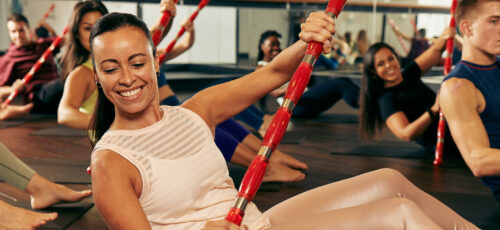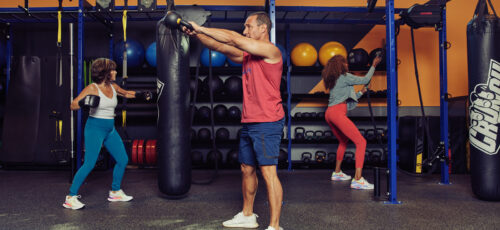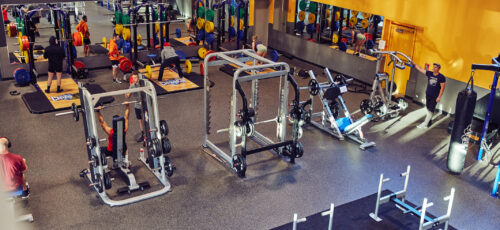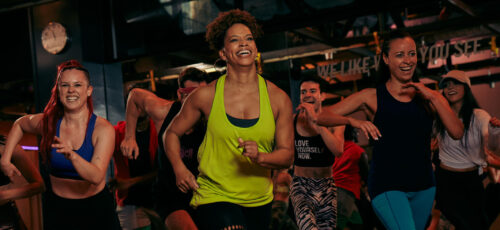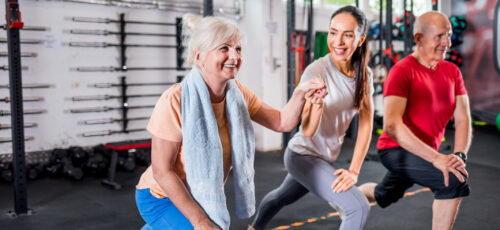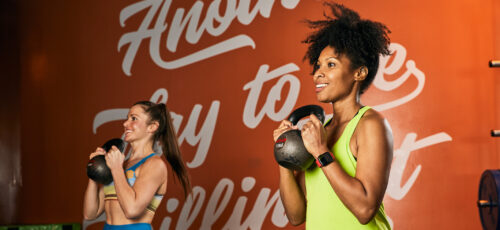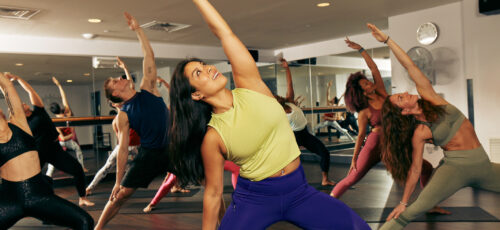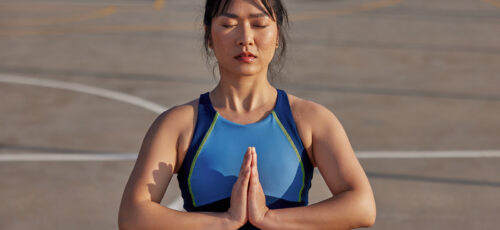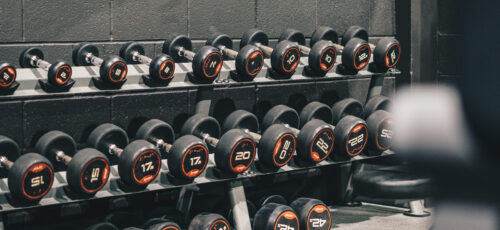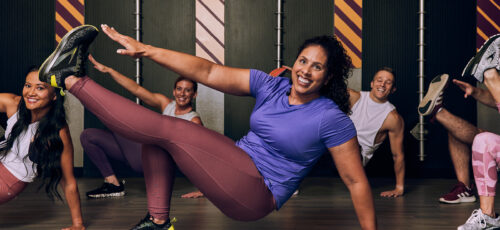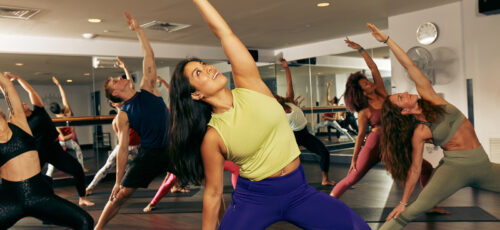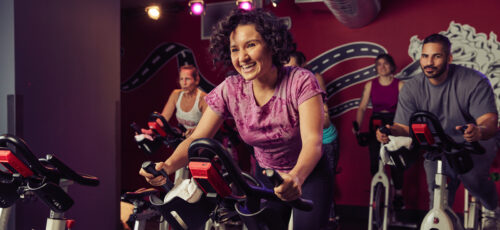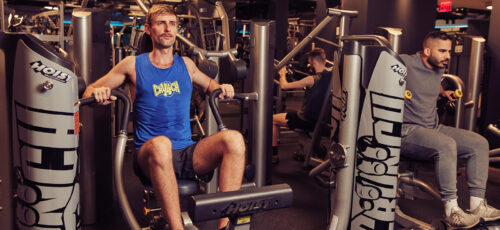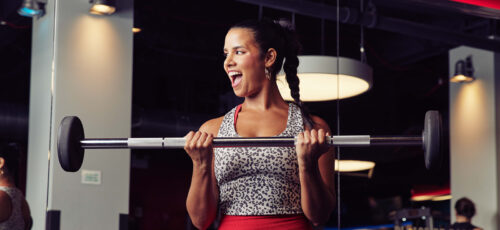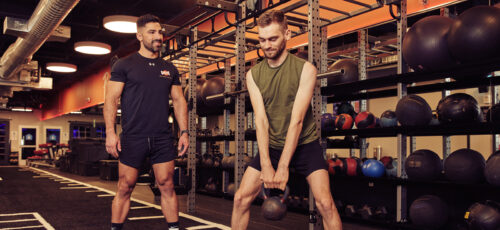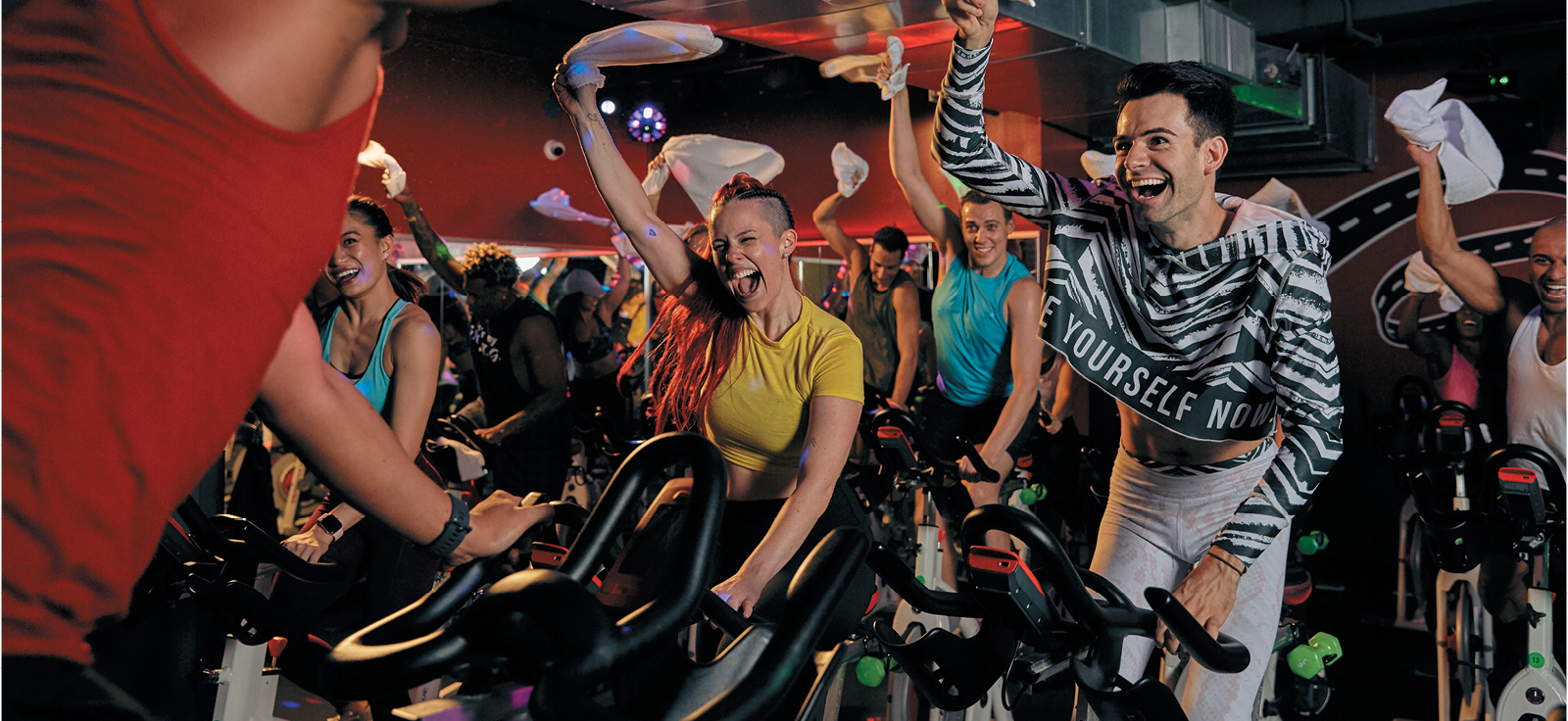
Are you interested in exploring the world of cycling or seeking to improve your practice in spin classes? Understanding the specific muscle groups engaged during a spin session is necessary to optimize your training, promote efficient recovery, and customize your workout regimen.
Whether you’re an indoor or outdoor cycling enthusiast, a recreational rider, or a dedicated gymgoer, learning which muscles are involved in cycling is essential for adapting your training to align with your fitness goals.
This article will give you insight into the benefits of incorporating a spin class into your exercise routine and explore the primary, supporting muscle groups and upper body engaged and strengthened during a stationary bike workout.

Spin classes: High-Intensity Workout Session
Spin class has conquered the fitness space. Spin classes are high-intensity workout sessions on stationary bikes. A certified teacher guides members through various cycling routines that simulate outdoor cycling experiences. These exercises can include climbs, sprints, and intervals, all set to motivational music to energize and engage bikers.
Spin class offers several benefits, including improved cardiovascular health due to intense aerobic exercise, significant calorie burning, which aids in weight loss and management, and muscle toning, particularly in the lower body, including calves, thighs, and glutes. The low-impact workout reduces the risk of injury and suits people with joint issues.
Different components contribute to the popularity of Ride classes. The group setting creates a motivating environment where people feel a sense of companionship and competition, pushing them to work harder.
Spin sessions are also widely available at gyms and fitness studios, and there are also options for virtual courses, allowing people to participate from home.
With Ride at Crunch Fitness, you can improve your cardiovascular endurance, strengthen your lower body, and lose weight. Get on a bike and enjoy the many benefits!
Primary Muscle Groups
Spin classes are a great way to target and strengthen the main muscle groups in the legs: quadriceps, hamstrings, and glutes.
Gymgoers can use different cycling motions and resistance levels to get a balanced and comprehensive lower-body workout, improving strength, endurance, and overall fitness.
Let’s look at the primary muscles worked during a stationary bike workout.
The Role of Quads in Spin Classes
When you hop on a bike, one of the main muscle groups getting a workout is your quadriceps, or “quads.” The quads consist of four muscles that run down the front of your thigh, from your hip joint to just below your knee:
- Rectus femoris
- Vastus medius
- Vastus intermedius
- Vastus lateralis.
These muscles are biarticular, meaning they control movements at both the hip and knee joints. The quads help flex your hip (imagine lifting your thigh towards your chest while standing) and extend your knee (straightening your knee from a bent position).
Of all the muscles engaged during a spin class, the quads do much of the heavy lifting throughout the entire pedal stroke. Because of this, if you’re new to cycling workouts, you might find your quads particularly sore after your first few sessions compared to other leg muscles.
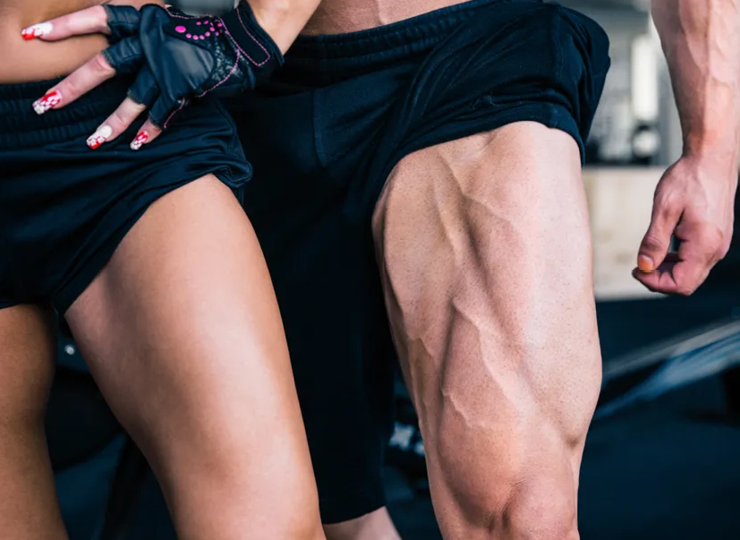
Think about the movement your legs go through during a cycling workout: your hips and knees are constantly flexing and extending with each pedal stroke, giving your quads a thorough workout.
Research using EMG (Intramuscular electromyography) has shown that during stationary bike workouts, the rectus femoris—a major quad muscle running down the center of your thigh—is most active during the beginning and end of each pedal stroke.
The Role of Hamstring in Spin Classes
The hamstrings are a group of three muscles on the backside of your thighs, running from the bottom of your pelvis at the sit bones to the back of your knee. These muscles (semimembranosus, semitendinosus, and biceps femoris) act as the opposing force to the quadriceps during movement.
Like the quadriceps, the hamstrings are biarticular muscles that influence hip and knee joints. However, their actions differ: while the quads flex the hip and the knee, the hamstrings extend the hip and flex (bend) the knee. This movement is crucial for pulling your leg back behind your body.
During a spin workout, the hamstrings play a significant role, particularly in the latter part of each pedal stroke when you bend your knee to bring the pedal back up. Initially, the glutes handle most of the work by extending the hip.
Using foot straps, toe cages or spin shoes with clips on a stationary bike is important because they secure your feet to the pedals, allowing you to pull up on the pedal as you cycle.
This action activates your hamstrings, balancing the workload between your quads and hamstrings for a smoother and more powerful pedal stroke. Similarly, cycling shoes clipped into spin bike pedals achieve a similar muscular engagement.
The Role of Glutes in Spin Classes
The glutes, or gluteal muscles, are the muscles located in your buttocks. These include the gluteus maximus, gluteus medius, and gluteus minimus.
The gluteus maximus is the largest and strongest of these muscles. It plays a crucial role in hip extension, which involves moving your leg backward behind your body. For instance, during walking, hip extension occurs in your trailing leg as you step forward with the other leg.
During a stationary bike workout, the gluteus maximus is particularly active in the initial phase of the pedal stroke when you push the pedal downward. Imagine getting on the bike: one leg is extended downward towards the floor while the other is flexed at the hip and knee, ready to press down on the pedal. Here, the glute muscles contract to extend the hip and push the pedal
The gluteus medius and minimus also contribute to hip extension, but they primarily control hip rotation and abduction (moving the leg away from the body). Unlike running, where the hips must stabilize the body during side-to-side movements, stationary bike workouts involve less need for the gluteus medius to stabilize the hips due to the fixed path of the pedals.
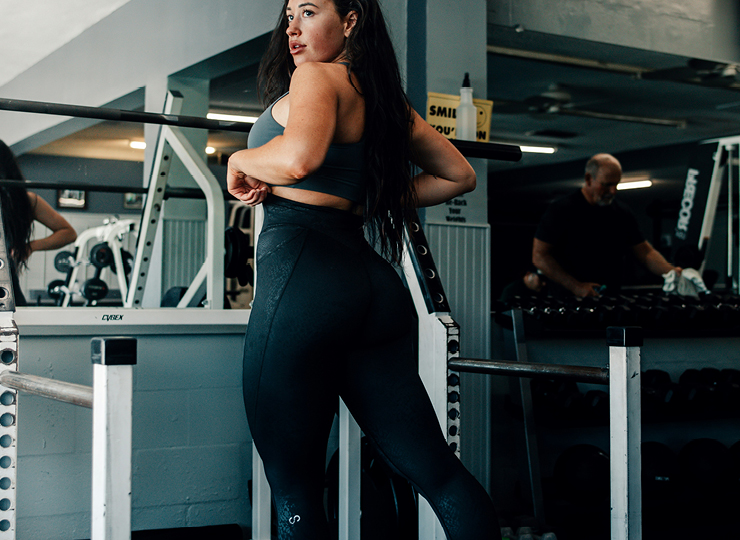
Supporting Muscle Groups
These muscles help stabilize and enhance the efficiency of your movements, contributing to a more effective and balanced exercise experience.
Let’s look closer at the supporting muscle groups that play a role in cycling workouts.
Core
The core muscles, including the abs and obliques, play a crucial role in maintaining proper cycling form. While the legs do most of the pedaling work, a strong core provides the stability and support needed for efficient and effective movement.
The abdominal muscles, or abs, help keep your torso steady and upright during a cycling workout. They prevent excessive swaying and help maintain balance, especially when riding out of the saddle or tackling challenging terrains in a spin class. Strong abs also support the lower back, reducing the risk of strain and injury.
The obliques on the sides of your abdomen are essential for rotational stability and control. They help you maintain proper alignment and posture, especially during movements that require leaning or turning.
Engaging the obliques ensures that your upper body remains stable and aligned with your lower body, allowing for smoother and more powerful pedal strokes.
Calves
While the primary muscles worked in stationary bike workouts are the quads, glutes, hamstrings, and hip flexors, it’s also essential to consider the calves. These muscles run down the back of your lower leg, extending from just behind your knee to your heel bone, ending in the Achilles tendon.
The calf group consists of two main muscles: the gastrocnemius and the soleus. The gastrocnemius is larger and more robust and plays a significant role in exercise biking. It helps bend the knee and perform ankle plantar flexion, like pressing a car’s gas pedal or standing on tiptoes.
During cycling, the calves are active at two key points:
- At the bottom of the pedal stroke, the gastrocnemius and hamstrings work together to bend the knee as you bring the pedal back up.
- In the second point, the calf activation occurs just before reaching the bottom of the pedal stroke as you push down. At this stage, while keeping your foot relatively flat, the calf muscles engage to stabilize the ankle and support the downward force.
This activation enhances the strength and efficiency of your pedal stroke, especially at higher resistance levels. In indoor cycling classes on spin bikes, your calves also play a role when standing on the pedals to lift yourself out of the saddle for an upright climbing position.
Lower back
During a spin class, your lower back helps maintain a proper cycling posture. A strong and stable lower back ensures that your spine stays aligned and your upper body remains steady. This alignment is critical when leaning forward on the handlebars or transitioning between seated and standing positions. Proper posture reduces the risk of strain and injury, allowing you to focus on your workout without discomfort.
The lower back muscles also contribute to overall stability. They work in tandem with your core muscles to keep your body balanced, especially during high-intensity intervals or when riding out of the saddle. A stable lower back allows for smoother and more controlled pedal strokes, enhancing your performance and efficiency.
Other Muscles Worked During Spin Workout
In a ride class, the upper body, which includes the shoulders, arms, forearms, and upper back, plays a significant role in maintaining posture and stability. Different hand positions on the handlebars engage the shoulder muscles, helping to build strength and endurance.
When doing standing climbs and sprints, the arms and forearms are actively involved, providing additional support and helping to drive the body upward. The upper back muscles also contribute by maintaining proper posture, ensuring that the spine remains aligned, and reducing the risk of strain.
This attention to the upper body muscles improves overall stability and control during the workout and contributes to a more balanced and effective full-body exercise.

Tips for Effective Spin Class Workouts
- Set Up Your Bike Properly
- Warm Up
- Focus on Form
- Use Resistance Wisely
- Pace Yourself
- Engage Your Core
- Stay Hydrated
- Wear Proper Gear
- Mix Up Your Routine
- Cool Down and Stretch
- Listen to the Instructor
- Track Your Progress
Adding ride classes to your workout routine offers numerous benefits, including a full-body workout and an excellent cardio session to burn calories and enhance heart health.
Cycling engages significant leg muscles and the upper body while providing a supportive and motivating group atmosphere. Spin classes make workouts enjoyable, help maintain fitness goals, and offer cardio and strength training benefits.
Join Us!
For additional information on The Ride at Crunch or to locate classes near you, search here.
Crunch’s Group Fitness Classes promote a culture of positivity, inclusivity, and fun with no judgments by providing an environment for all individuals regardless of their health and fitness goals. Find a Crunch gym near you to try our free trial membership, or join Crunch now. We’re here for you – at the gym or at home. Access the best live & on-demand workouts anytime, anywhere with Crunch+. Ready to get sweaty? Try hundreds of workouts for free! Start your free trial now!














